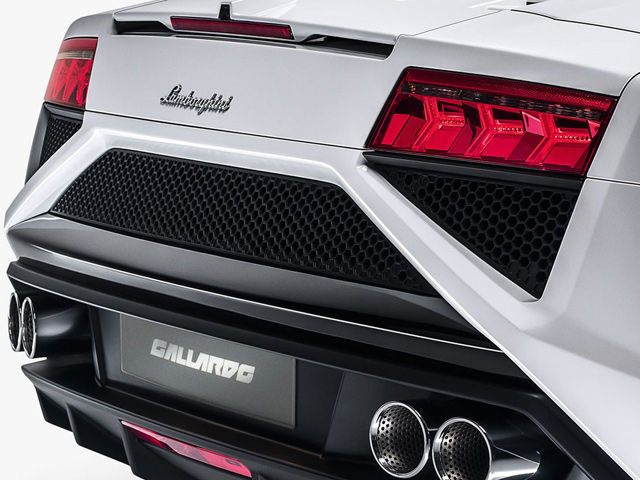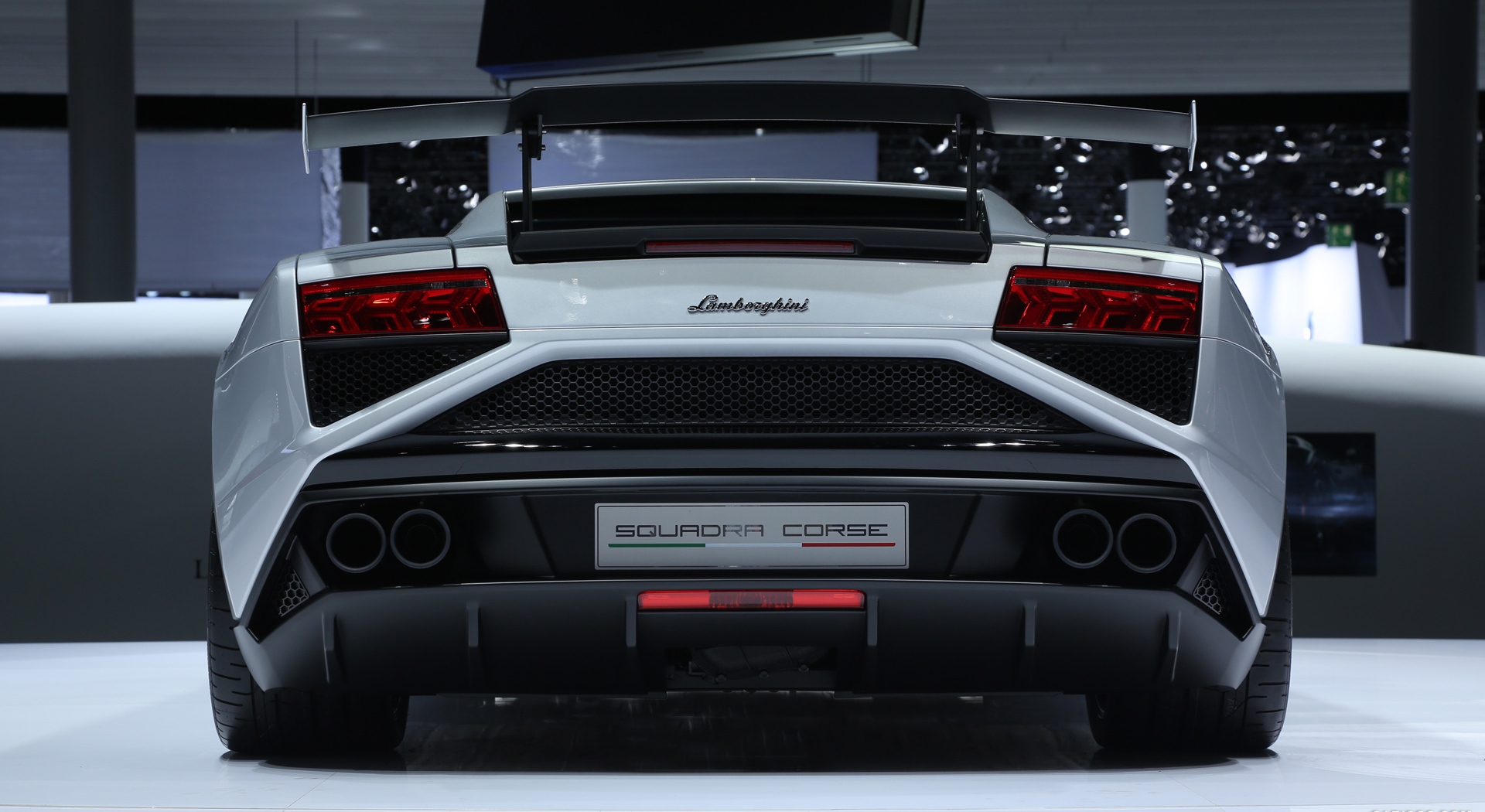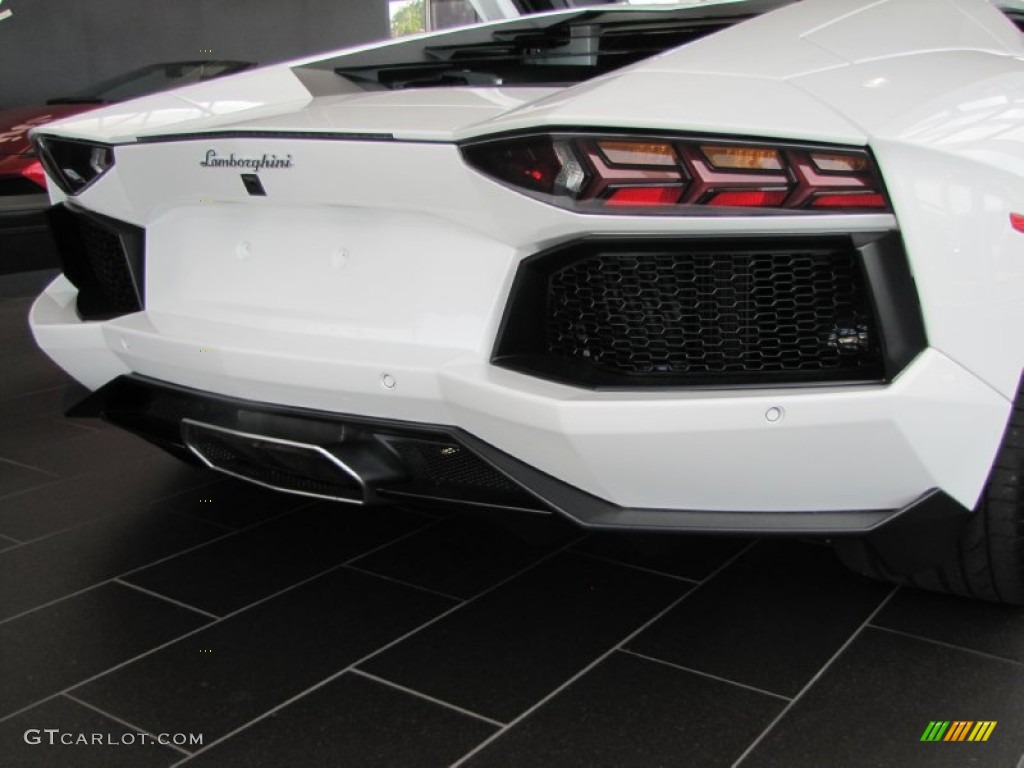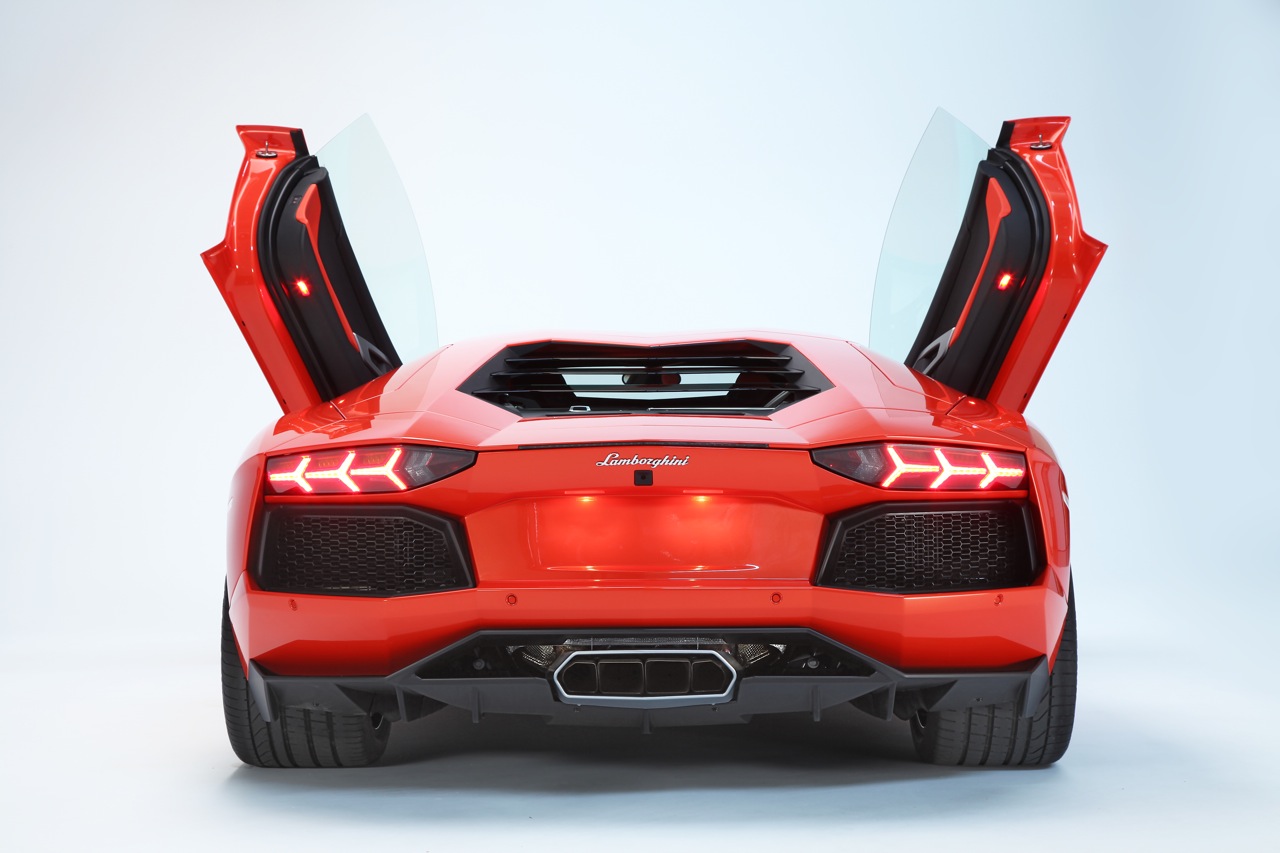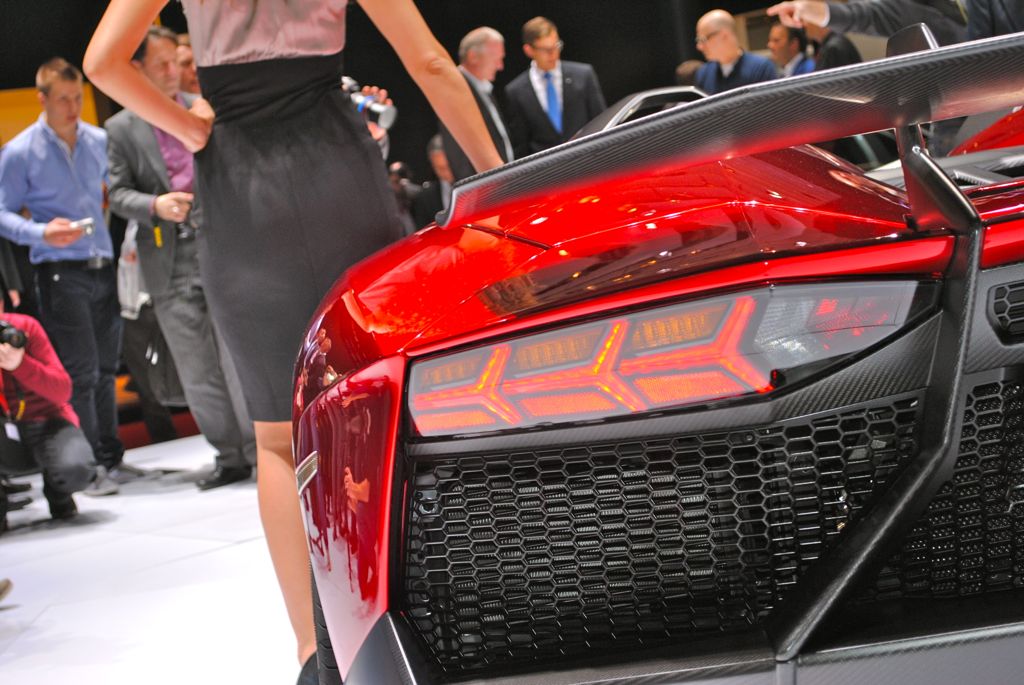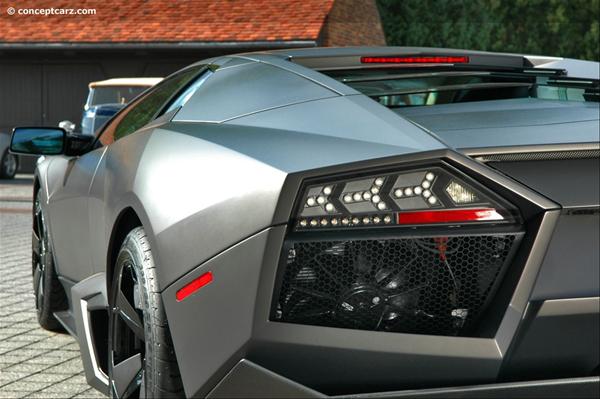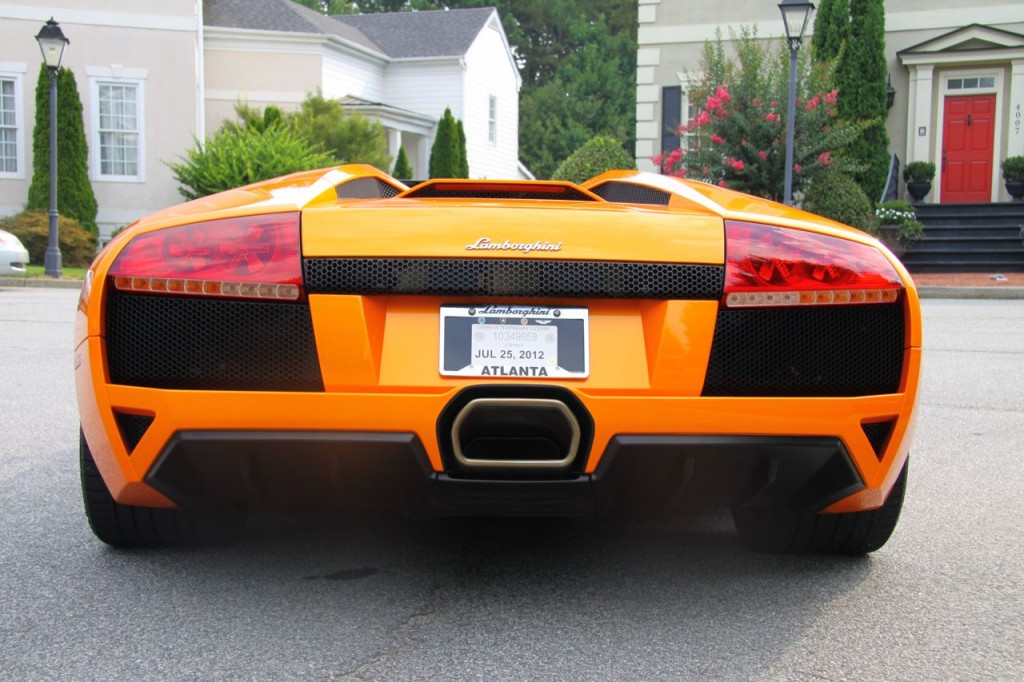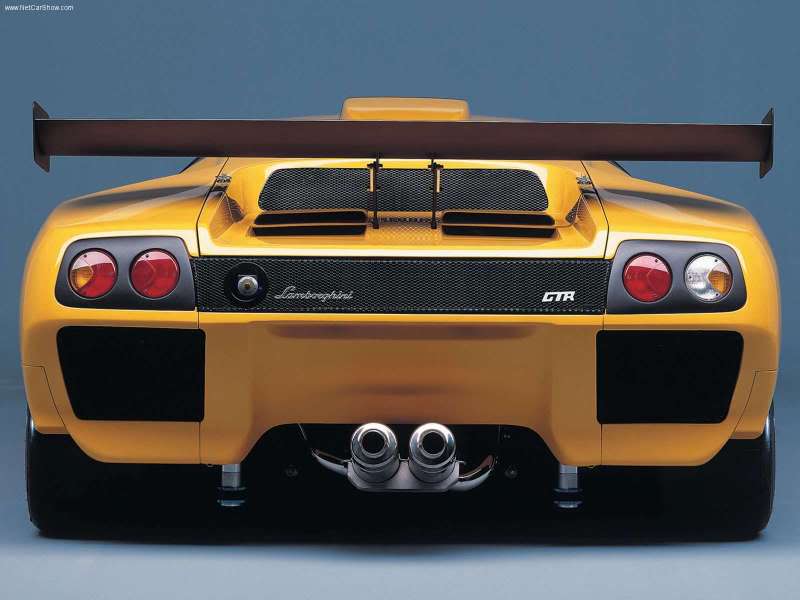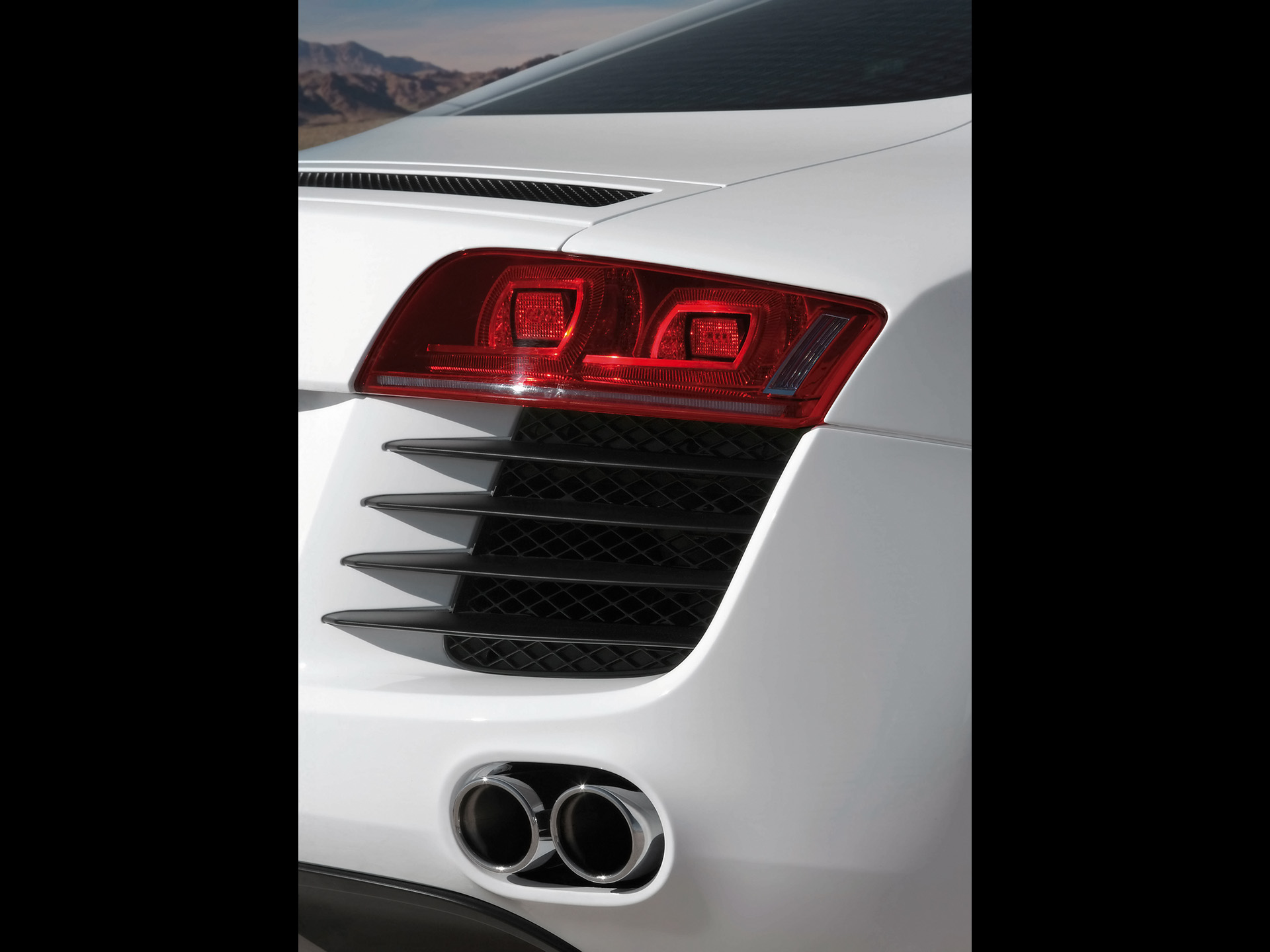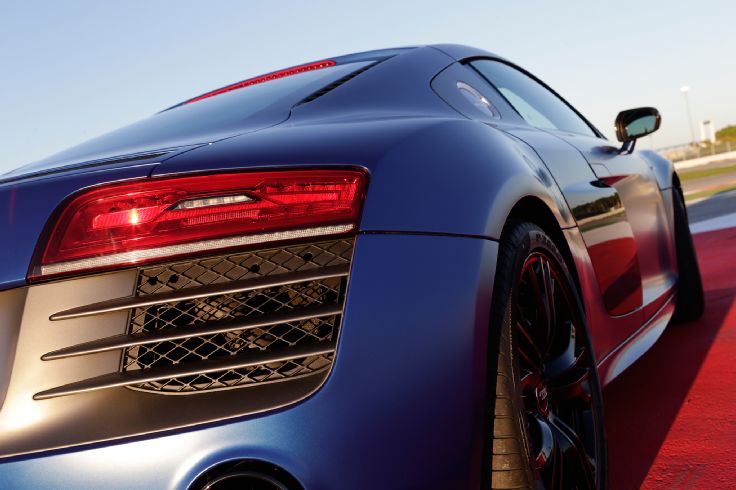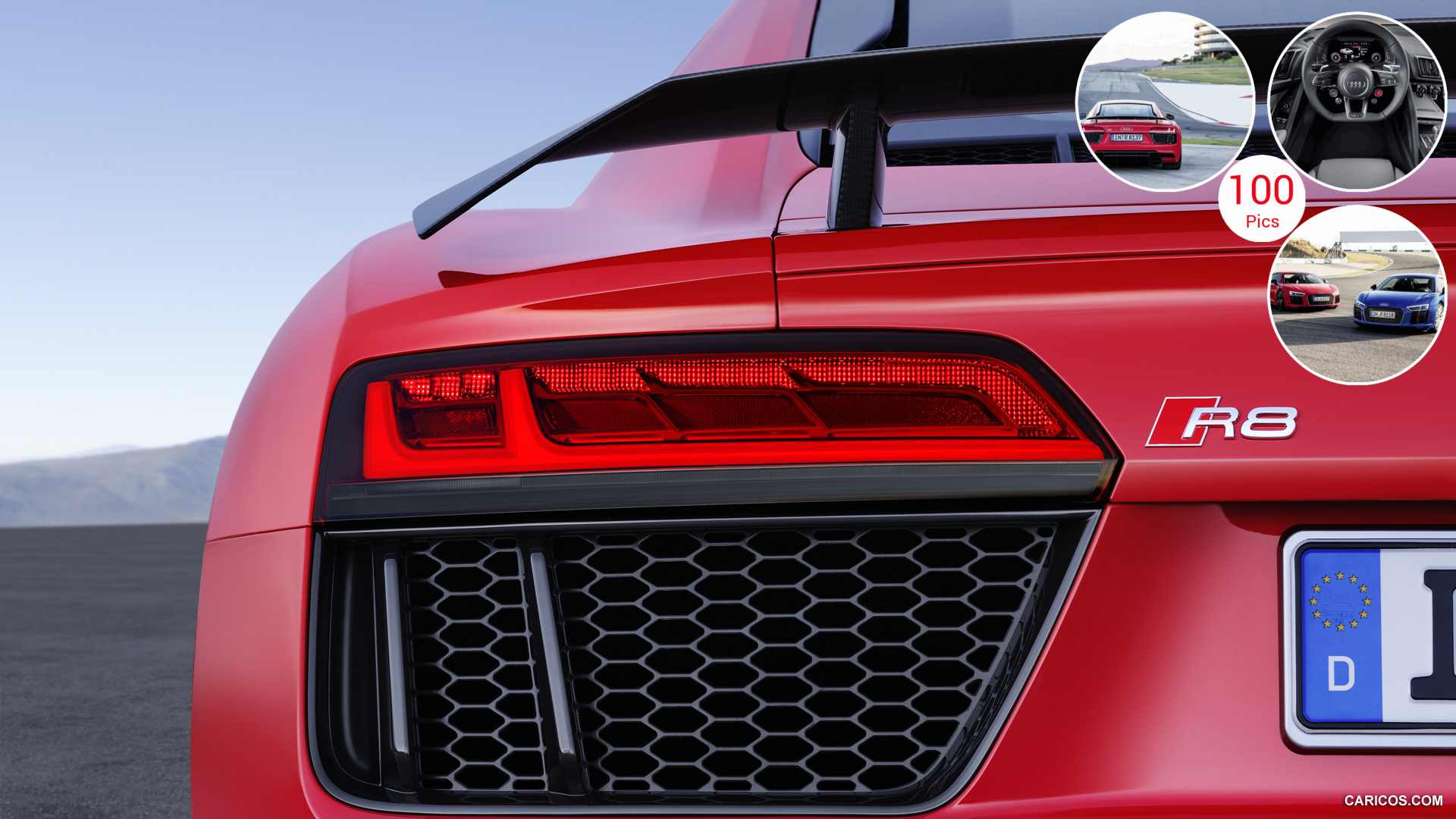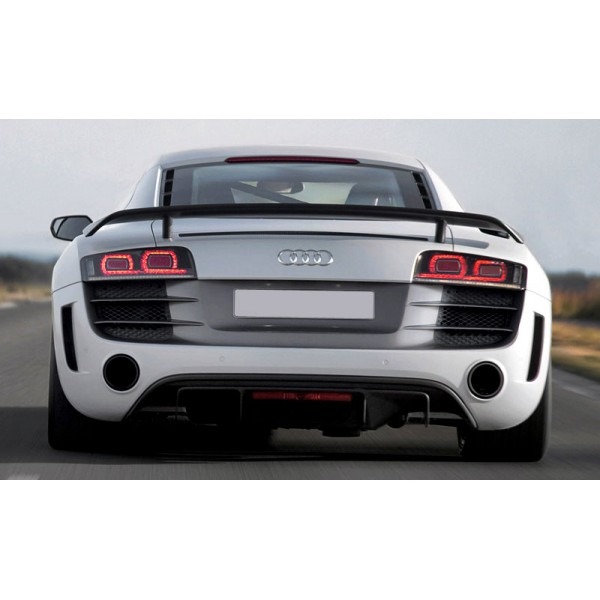Tail Lights
There are multiple entries in the blog...
Black: Ground
Black with White Stripe: Brake (12v)
Red: Running (12v)
White: Turn (12v)
Canted at a 15 degree angle with the wide part needing to be recessed (i.e., sloped towards the front of the car).
The picture below shows the original light on the right. A poster board template was placed to the left of the light to match the angle.
Here's a few pictures that my friend Florian edited in Photoshop. I really like the one on the right, but it's not feasible as rendered.
Inspiration
R8 Rear vents
Aspira
This is a highly modified SL-C tail.
Rear Tires
I'd like to be able to see the width of the rear tires... yeah, I know that the race tail does that big time, but I prefer the street tail. Here's a few thoughts...
Fiberglass
- https://www.youtube.com/watch?v=oRBEEedpuRA
Vacuum Forming
Exterior, outside radii on a part formed over a male mold will need to be sheet thickness plus 1/32" minimum. The 1/32" is built into the mold and then the thickness of the sheet increases the radius of the exterior surface of the molded part.
Mold Draft (tapered walls) is required to demold the formed part. Since the plastic shrinks as it cools during the molding process the part adheres to the mold surface. Draft is required to allow the formed part to release from the mold surface. On a male mold, the minimum draft angle is 4 degrees. Additional draft should be added for very deep parts (where the depth exceeds the width or length). If nesting parts (parts that stack inside each other) are desired, the draft angle will need to be a minimum of 7 degrees. Larger draft ensures that the nested parts will release from each other and not jam together.
Use extruded acrylic sheet, not the more common cast acrylic.
https://www.iplasticsupply.com/materials/acrylic-plex-acrylite-lucite-sheet-rod/
0.1" PETG; a plastic resin of the polyester family that is used to make thermoforming applications. PETG is a clear resin that can be extruded into sheet. One of the most common applications of this plastic is in POP displays. It has the following characherstics:
Excellent bending and vacuum forming properties
Very easy to fabricate
Excellent impact strength
Standard material is not UV stabilized
- Tougher than acrylic
- PolyJet (UV-Cured Photopolymer) is another common technology used for 3D printing molds. PolyJet-based machines build parts with fine layer resolution, and as a result, produce parts with very smooth surfaces. PolyJet vacuum form molds require little to no post processing and are great for making molds with organic and curvy surfaces.
- Lens reflector: first order
- SL-C rear window is 0.175 or 0.180 thick



